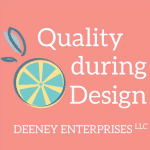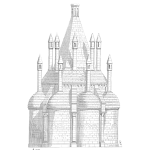
How to Choose Risk Tools That Actually Help Decisions
If you reach for the nearest “risk” template, it might cause more problems.
There are two very different jobs we ask risk tools to do. In this episode, we talk about how to pick the one that actually moves your project forward.
- identification tools for unknown unknowns (like FMEA and preliminary hazard analysis) that systematically surface risks to users, systems, and environments
- decision tools for known unknowns that clarify impact, likelihood, and uncertainty so teams can choose a path with confidence.
Along the way, we call out organizational risks that belong in resilience planning, not product FMEAs.







 Ask a question or send along a comment.
Please login to view and use the contact form.
Ask a question or send along a comment.
Please login to view and use the contact form.